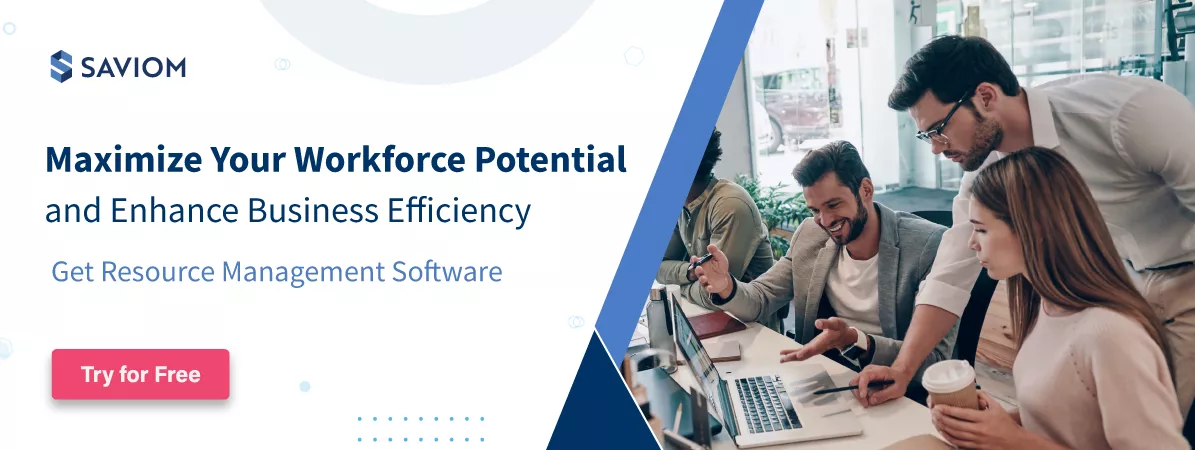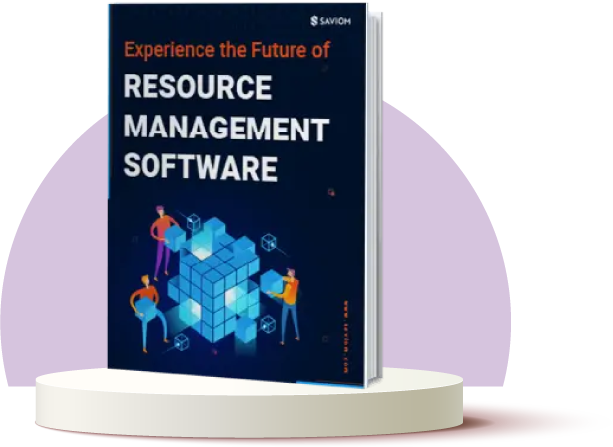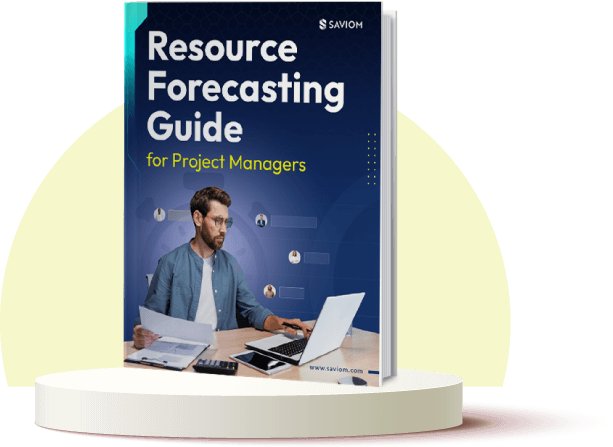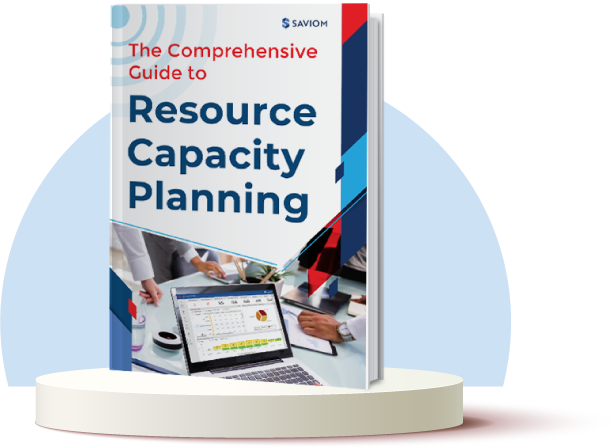The global business market is witnessing rapid transformation due to emerging technologies like automation, artificial intelligence, etc. So, to stay ahead of the competition and meet evolving market demands, it is indispensable for companies to ensure that their workforce is well-equipped with advanced skillsets.
However,
According to a Gartner survey,
80% of employees said they lack the skills they need for their current roles and future careers.
Therefore, organizations need to create engaging learning experiences for their employees to ascertain that they are future-ready. One of the most beneficial methods they can deploy is retraining and upskilling to bridge these existing skill gaps.
This blog highlights its significance and how it can help future-proof your workforce.
First, let’s look at the basics,
What are retraining and upskilling?
Retraining allows employees to relearn and update their existing competencies to improve efficiency and performance. For example, when an employee finds it challenging to apply newly acquired skills in a real-life scenario, retraining enables them to understand its intricacies again and bridge the performance gap. In addition, it is also provided for those who have the potential to take on a new position.
On the other hand, upskilling facilitates continuous learning through training programs and development opportunities that expand and diversify employees’ portfolios. It focuses on enhancing employees’ skillsets and enabling them to undertake different roles and responsibilities. For example, an organization teaching its software developers a new programming language to develop advanced software or apps is an ideal example of upskilling.
Now that the definitions of retraining and upskilling are clear, let’s see why organizations must implement them.
Read More: Importance of skill development in making your workforce future-ready
Why is upskilling and retraining important?
As discussed earlier, technological advancements and digital transformations have created the need for advanced skillsets and competencies. However, instead of recruiting new candidates, enterprises can deploy retraining and upskilling methods and reduce hiring expenditure.
According to the World Economic Forum, over half of employees around the globe will need to reskill or upskill by 2025 to stay competitive.
Therefore, retraining and upskilling are essential investments as they help improve employees’ efficiency and performance, thereby propelling organizational growth and development. In addition, it allows employees to diversify their knowledge and skills set. By bridging the skills gap, upskilling and retraining programs facilitate organizations to stay relevant in the technologically-driven era.
Moreover, when organizations invest in learning, employees feel valued and motivated, thereby boosting their productivity. It also helps establish a positive employer brand, thus attracting top talent.
Next, let’s look at how an organization can execute the same.
7 ways to implement retraining and upskilling programs to keep the workforce relevant
For growth and development, organizations need to invest in their workforce. Upskilling and retraining are those beneficial investments that will yield exemplary results.
Let’s look at some prominent ways to implement this program seamlessly,
Identify new skill requirements and skill gaps
The ever-changing market trends create the need for new skills to maintain a competitive edge. However, since strategic goals are unique for every business, organizations need to identify whether these skills will help meet their strategic objectives.
Managers can also track pipeline projects and understand the skill demand. Then they should look into the resource pool to identify and evaluate the availability of these competencies. The next step is to document the skills gap and form a plan to bridge it.
Prepare a training and upskilling calendar
Once the skills gap is identified, managers have to form a strategy that outlines the different learning methods they will equip to upskill the workforce, the budget, and the training timeline. They also elucidate the end goals and targets of the training.
Before executing this strategy, it is essential to ensure that the training materials are up-to-date and align with the role and current demands. Furthermore, the training timeline must also align with employees’ schedules and availability. Firms can implement a training scheduling tool to align the training sessions with the employees’ bandwidth effortlessly to eliminate any hiccups and ascertain everyone’s presence
Read More: Importance of skill development in making your workforce future-ready
Explore and implement different methods of learning
Since employees have varied skill sets, their training also has to be personalized to align with their proficiency and career goals. Thus, managers should focus on formulating an Individual Development Plan (IDP) to support employees in meeting their career goals while aligning them with company objectives.
In addition, managers can combine different training methods and implement the ones that are best suited for employees. These training models include peer-to-peer coaching, reverse mentoring, online courses, blended learning, etc. Multiple learning options enable employees to select programs of their interest, ensure higher participation, and gain proper exposure by learning from experts in the field.
Promote on-the-job training and shadowing judiciously
Sometimes employees already possess competencies that align partially with the required skillset. Therefore, they may not require extensive coaching. In this scenario, organizations can promote on-the-job training and shadowing, enabling employees to learn and gain experience by working in real-life situations.
Additionally, trainees can clearly understand what their job entails and clarify their doubts in real-time. It also helps them substitute for peers in case of unplanned absences or shared workload, etc. Further, it allows the workforce to self-evaluate and determine whether they are competent for the position.
Provide job rotation and cross-departmental opportunities
One of the effective ways to upskill/reskill resources is providing hands-on experience through job rotation and cross-department opportunities. In this method, employees switch between departments for assignments at regular intervals and gain exposure to all verticals of an organization.
These opportunities enable your workforce to implement their skills in different fields of operation and work on multifaceted projects. In addition, it reduces the monotony of the job, gives them a more comprehensive experience, and helps them gain more insights.
Read More: Importance of skill development in making your workforce future-ready
Focus on soft skill development along with technical acumen
Most organizations focus on developing employees’ technical skills. However, the advancement of soft skills is equally necessary for the overall growth of the workforce and the organization. For example, a manager has to be an expert in their field; simultaneously, they must also be able to communicate effectively with their employees and clients.
Therefore, employers must pay equal attention to developing soft skills and conduct upskilling programs to enhance emotional intelligence, diversity intelligence, and other necessary people skills. This will eventually help employees take on managerial or leadership roles and improve their career trajectory.
Read More: Importance of skill development in making your workforce future-ready
Evaluate the progress and success of the program
Once the training program is complete, organizations need to evaluate its progress and success. It can be done through feedback sessions, discussions, and post-assessment tests. They must start by giving projects that require these new skills to identify whether employees are adept or need additional training.
Through these post-evaluation methods, organizations can identify the gaps in the training programs. It also helps to include the employees’ suggestions in the future, fill the gaps, and enhance the program.
How can resource management software help future-proof the workforce?
The resource management software entails advanced solutions like resource forecasting and capacity planning, resource planning, etc. that can help future-proof the resources.
Using the forecasting solution, managers can get foresight into pipeline project demands like the skillset, competencies, etc. Then, based on the data-driven insights, resource managers can implement the right resourcing treatments, such as upskilling and retraining, and bridge the capacity vs. demand gap.
Furthermore, the enterprise-wide visibility of the resource pool and their various attributes, such as skills, experience, location, etc., will help managers customize the IDPs and formulate an ideal training strategy.
Read More: Importance of skill development in making your workforce future-ready
Conclusion
“The fourth industrial revolution continues to transform the world of work. Reskilling and upskilling have never been more important.”
— Rashim Mogha, author and speaker
As industries and businesses evolve, retraining and upskilling will be the key strategies that ensure the sustainability of an organization. Therefore, it is high time companies started investing in these programs to develop a workforce capable of facing the evolving global market and technology trends.
The Glossary
Read More: Glossary of Resource Workforce Planning, Scheduling and Management
The Saviom Solution
SAVIOM is the market leader in offering the most powerful and configurable solutions for managing enterprise resources efficiently and effectively. Having more than 20 years of experience, this Australian-based MNC has a global presence in over 50 countries. It is also popular with more than 100 customers and helps them achieve their business goals. SAVIOM also has products for project portfolio management, professional service automation, and workforce planning software which can be easily customized as per business requirements.











